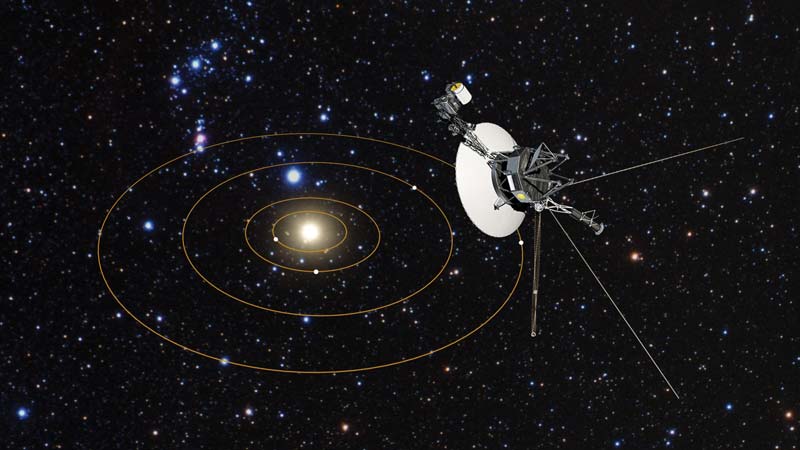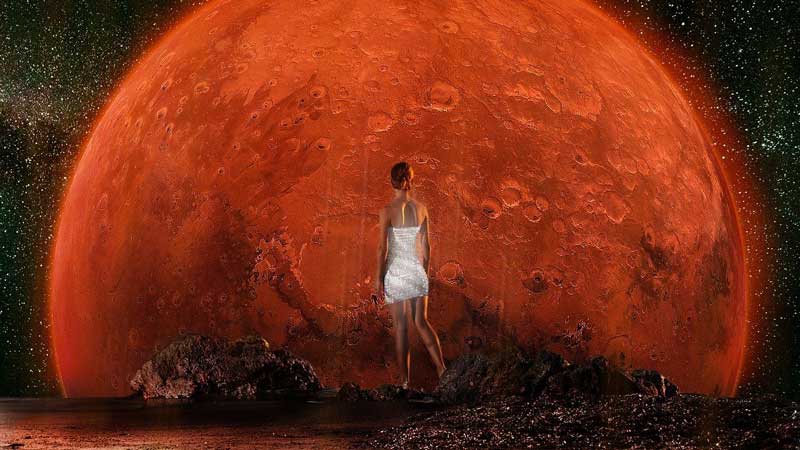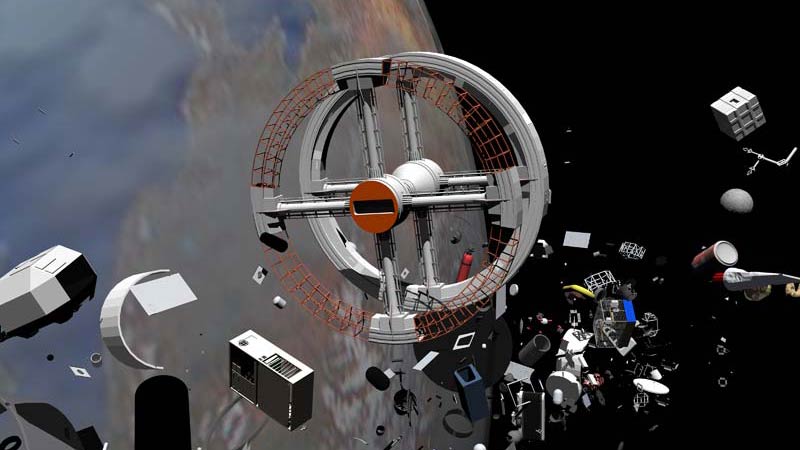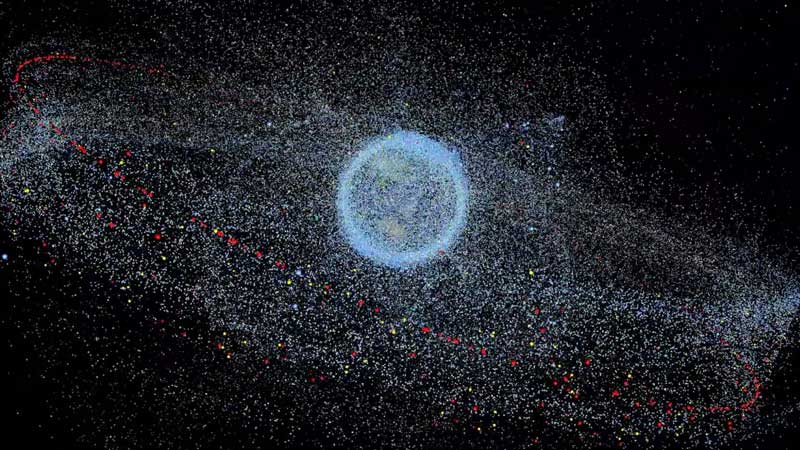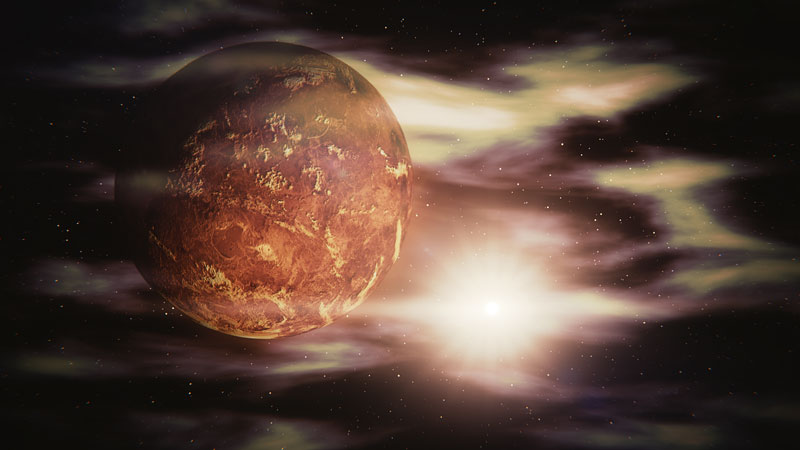Table of Contents

NASA Solar System Ambassador,
Astronomical League Master of Outreach,
Cruise ship speaker on Astronomy & space science,
Amateur astronomer and photographer for 50 years
Voyager 2 launched August 20, 1977. It was followed a couple of weeks later by Voyager 1 on September 5, 1977. This same year Jimmy Carter was sworn in as the 39th president of the US and Radio Shack introduced a new TRS-80 personal computer. To put the computing power in perspective, the TRS-80 had an 8 bit processor, 4 kilobits of RAM, and used a cassette tape for mass storage.
They were launched at that time to take advantage of a unique orientation of planets that happens every 176 years. This allowed the spacecraft to use gravitational assists to go from one planet to the next and save fuel.
How fast?

Voyager 1 visited Jupiter and Saturn, and then headed for deep space. It is the fastest of any non-orbiting spacecraft at 38,000 mph (the Parker space probe is considerably faster, but it’s orbiting the Sun). New Horizons is speeding through the Kuiper belt at 36,400 mph and Voyager 2 is third fastest at 34,400 mph.
Voyager 2 went on to visit Uranus and Neptune. Decades later, it is still the only spacecraft to have visited our outer two planets.

Mission Highlights
Highlights from the mission so far include:
- Discovery of the first active volcanoes outside the Earth (Jupiter’s moon Io)
- Jovian ring system
- Jupiter lightning
- Discovery of multiple new moons around Jupiter and Saturn
- Discovery of hexagonal weather pattern at Saturn’s north pole
- 11 new moons for Uranus
- Confirmation Uranus is the coldest planet
- 6 new moons around Neptune
- Discovery of Neptune’s ring system
- Crossing over the termination shock into the heliosheath
- Crossing into interstellar space
- First measurements of cosmic rays and magnetic fields outside our solar system

Where are they now?
43 years later, both spacecraft are still functional and reporting back science. Their mission is now to help us understand the boundary between our solar system and deep space (the heliopause) as well as the extreme limits of the Sun’s influence.
As of November 2020, Voyager 1 is over 14 billion miles from Earth, with Voyager 2 11.7 billion miles distant.
Voyager 1 is heading north out of the plane of the solar system towards an obscure star in Ursa Minor, arriving in the vicinity in 40,272 AD. Voyager 2 is heading in the opposite direction, and at about the same time will come close to the star Ross 248 in Andromeda.

References
- Cover Image released by the ESA under the Creative Commons Attribution 4.0 Unported license NASA, ESA, and G. Bacon (STScI) https://www.spacetelescope.org/images/opo1701a/

